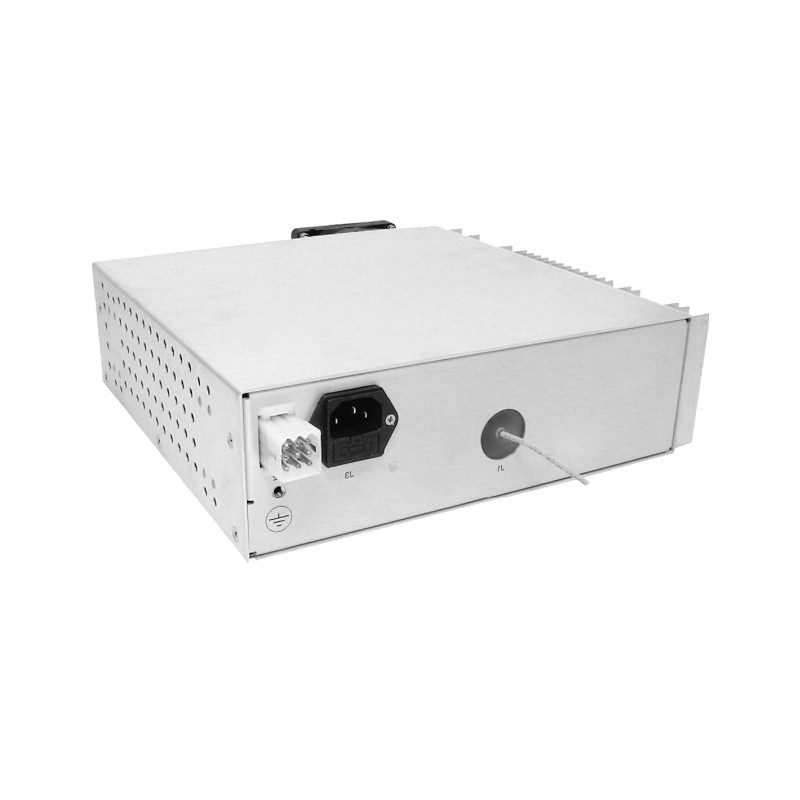High-Voltage Power Supply X-Ray Diffraction Technology - A New Approach for Molecular Structure Research
With the advancement of science and technology, higher precision analytical tools are required for studying material structures. Traditional X-ray diffraction techniques can no longer meet the needs for accurate characterization of material and molecular structures in many cases. In recent years, the combination of high-voltage power supply and X-ray diffraction technology has opened up new horizons for materials science research, allowing us to examine the microstructures and properties of various material molecules from completely new perspectives.
By utilizing a high-voltage power supply to provide stable, high-intensity current for X-ray diffractometers, higher intensity X-rays can be generated and the penetrability of X-rays can be greatly enhanced. This enables X-rays to probe the crystal structures of various materials more accurately. Meanwhile, the high-voltage power supply also enables X-ray diffractometers to perform more precise quantitative analysis and detect subtle structural changes in materials.
For example, in research on small organic molecular materials, high-pressure X-ray diffraction technology can explicitly identify short-range order structures between molecules, such as π-π stacking phenomena, etc. This can provide critical information for designing high-performance organic materials. In metal-organic framework (MOF) materials, high-pressure X-ray diffraction can also be used to study the impact of pore compression on material structural stability, revealing the variation patterns of MOF material structures and properties under high pressure conditions.
In addition, high-pressure X-ray diffraction technology can be widely applied in the field of semiconductor materials. Many important semiconductor materials (such as GaN, SiC, etc.) have dense three-dimensional covalent structures under normal pressure, making it difficult for conventional X-rays to detect effectively. After high-pressure treatment, the structures of these materials become distorted and fractured, producing more pronounced diffraction peak signals that facilitate structural analysis.
Apart from its unique advantages in characterizing solid material structures, high-pressure X-ray diffraction technology has also demonstrated huge application potential in biological macromolecular structure analysis. For instance, high-pressure techniques can be utilized to reveal the microscopic mechanisms of protein conformational changes under different pressure, and determine the precise three-dimensional structures of membrane proteins and other biological macromolecules. This will have profound impacts on drug design and enzyme reaction mechanism studies.
In summary, the high-voltage power supply provides X-ray diffraction technology with a much broader application space, allowing us to examine the microscopic world of materials from a deeper perspective. This technological innovation has not only greatly improved the detection sensitivity and resolution of X-ray diffraction, but will also stimulate revolutionary advances in material structural analysis technology, opening up new chapters in molecular structure research.
Looking ahead, with continuous upgrades and optimization of high-voltage power supply technology, and increased X-ray source intensity and more precise focusing, we have good reason to believe that high-pressure X-ray diffraction technology will become a powerful tool for material structural characterization. It will assist human beings in unravelling the mysteries of nature more deeply and developing unprecedented new functional materials, benefiting human society. We also look forward to seeing innovative applications of this technology in more areas such as precision medicine, new energy development, etc.




















